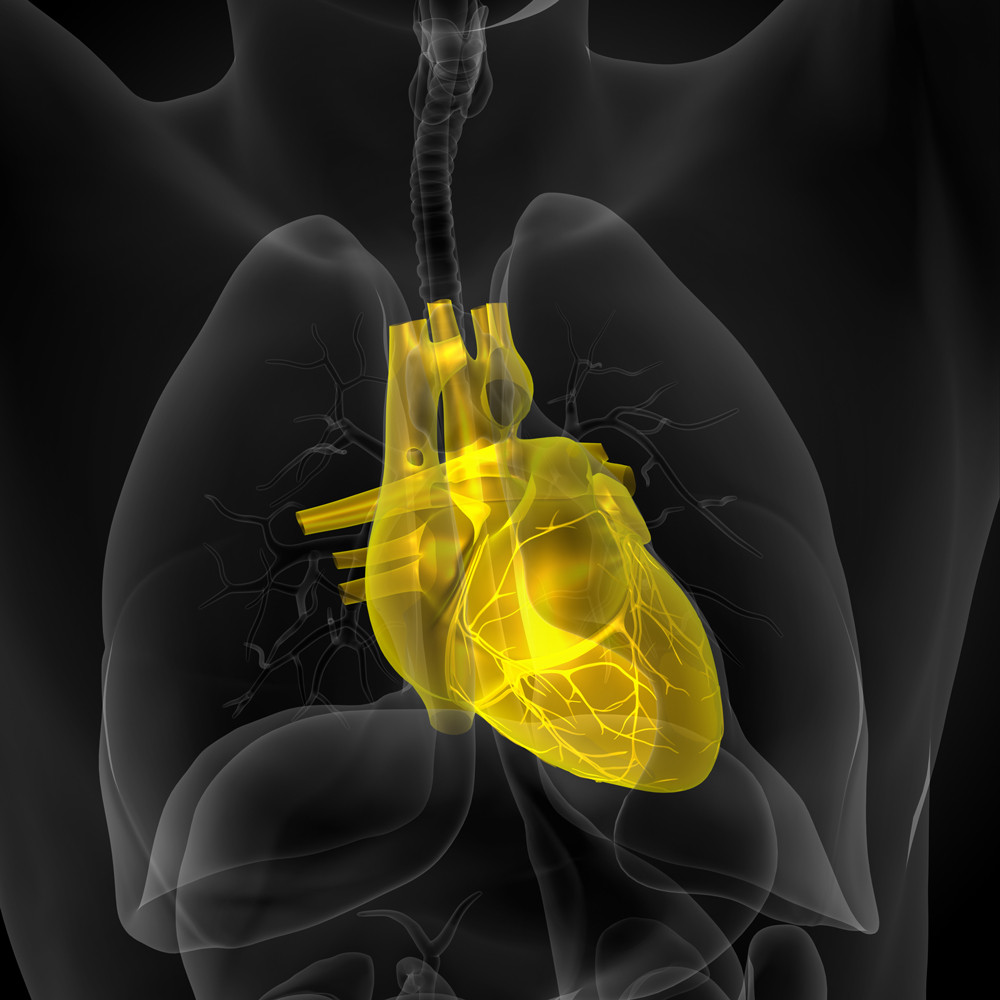Heart disease in India is emerging as the number one killer disease in India and Asia. Ushering in new advancement we have been able to fight the scourge of this disease, it is no longer unconquerable.
What is minimally invasive heart surgery?
Minimally invasive heart surgery is the latest development in the treatment of heart disease. It is also called keyhole surgery. In this novel approach, a surgeon combines a conventional operation on or inside the heart with specialized robotic instruments and makes very small incisions.
Who is Best Suited for Minimally Invasive Heart Surgery?
At KIMS, We ensure every patient is evaluated completely and choose the best possible option. At KIMS, you experience a very transparent and exclusive treatment. Not all patients are deemed fit for minimally invasive surgery. It varies from case to case basis. The prognosis of the patient is taken into consideration. Your previous medical history, your age, lifestyle habits, and type of heart risk you are facing and the extent of its severity form the primary factors.
Benefits of minimally invasive techniques:
Minimally invasive surgeries score over traditional surgeries in several factors like
- Minimally invasive surgeries
- Less Invasive
- Less painful
- Small incisions hence small scars
- Scarce risk of infection
- Less blood loss, thereby reducing the need of blood transfusion
- Shorter hospital stay
- Quick healing and fast mode recovery
What is Traditional Heart Surgery?
To understand minimally invasive heart surgery, you need to know what traditional surgery is. In this procedure, an incision of 6 to 8 inches is made through the center of the chest through the breast bone. It is the safest and best practice used in operating patients in complex heart surgeries or reoperation. It is a time tested procedure in coronary artery by-pass or aorta procedures that are complex.
Types of Minimally invasive surgeries:
This procedure came into vogue first in the United States during the mid-’90s and has seen great success rate, it is now being improvised by adding robotic technology to it.
Types of Minimally Invasive techniques
The Surgeon may either use partial sternotomy which involves cutting through the breast bone partially or mini-thoracotomy in which one or more incisions are made in the muscles between the ribs.
Partial sternotomy: An incision between three to four inches is made through the sternum to separate the breastbone for the surgeon to visualize the part of the heart which needs to be operated upon. It is mainly used in surgeries involving mitral valve, tricuspid valve, epicardial lead placement, atrial septal defect, patent foreman ovale, myxoma, and aortic valve surgeries. It is also useful in performing surgeries of the ascending aorta, aortic valve, transaortic TAVR, PFO, myxoma, and fibroblastoma.
Mini-thoracotomy
The surgeon may decide to avoid cutting through the breastbone and, hence, cuts into muscles covering the rib cage to reach the heart. It is quintessentially used in minimally invasive direct coronary artery by-pass, TAVR, TEVAR or transapical epicardial lead placement or tricuspid valve and myxoma.
Why KIMS?
Minimally Invasive heart surgeries in India have just begun to gain a strong foothold. KIMS has adopted the new minimally invasive procedures right from its inception to achieve breakthroughs in the field of Heart treatments. Our well-trained cardiologists are trained and experienced in these techniques with a success rate of almost cent percent and highly competent. KIMS is trusted as one of the best hospitals in conducting minimally invasive heart surgeries in Hyderabad. Our minimally invasive surgeries are performed with great concern, care and cutting edge precision. KIMS has revolutionized minimal invasive heart care treatments by putting its best foot forward in adopting new technologies and combining it with innovate healthcare procedures and best ethical practices.

